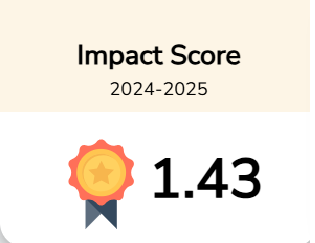Food security and nutrition competencies diminish the role of GDP in predicting stunting variations among countries
Downloads
Purpose: Stunting as an indicator of human wellness deserves global attention. Lack of Income (Gross Domestic Product-Per Capita; GDP-PC) is a key factor for explaining all the variations in stunting, but refining its role calls for a close examination of other drivers. This study explored the role of GDP, food security, and nutrition competence in explaining the international variation in stunting.
Design/Methodology/Approach: Univariate and multivariate associations between stunting and predictors (GDP, Food Security, and Nutrition competence) were explored. The data required for this study was available from 90s countries.
Findings: Food security status (as assessed by the Impact Economist Food Security Index) and Nutrition Research Activity (estimated by Human Nutrition Research output of countries in the past five years) diminished the association between GDP and stunting and explained 74% of the variation in rates of stunting between countries.
Conclusion: These results concluded that an increase in income can assure improvements in human wellbeing only if it leads to an improvement in food security and nutrition competences, which appear to be important drivers of that process.
Research Limitations: This study only focused on stunting brought on by malnutrition. While genetic make-up, regional location, and pathological disorders all affect height, these elements are not the main focus of this study.
Practical Implications: This study highlighted the key determinants of food security and nutritional competence that are linked to stunting among the studied nations in the hopes that focusing attention on these issues will help to end the problem.
Contribution to Literature: No literature is available that presents worldwide data on the impact of countries’ GDP on their rates of stunting. This study is one of its kind and provides reliable global data (113 countries) to find the association among the relative roles of Income, Food Security, and Nutrition Competence in the determination of global variations in stunting rates.





